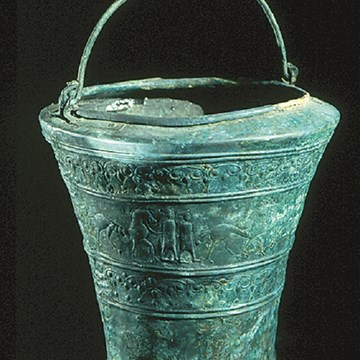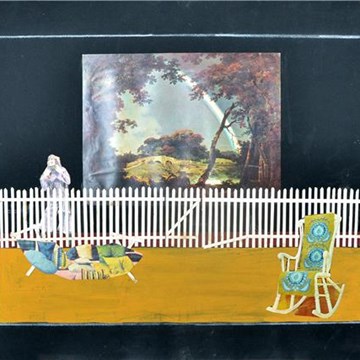MUBEL (Musei Civici di Belluno)
MUSEUM
The civic Museum of Belluno was created in 1872 thanks to the donation of an important collection of paintings, on canvas and panels, belonging to the doctor Antonio Giampiccoli. There was also a collection of bronzes, medals, plaquettes, coins, manuscripts and books belonging to count Florio Miari. The building chosen for the museum was the “palazzo del collegio dei giuristi” built in 1664, where still today you can find the archeological collection. The Civic collection was opened to the public in 1876 with a display curated by Osvaldo Monti and is one of the oldest civic collections in the Veneto area. Among the best masterpieces there are the artworks of Matteo Cesa, Bartolomeo Montagna, Andrea Brustolon, Marco and Sebastiano Ricci, Ippolito Caffi.
PALACE
The new civic Museum of Belluno is located in completely renovated spaces, after the conservative restoration founded by the Foundation Cariverona, in the building of Palazzo Fulcis, which is composed of five levels with a exhibition area of 3.000 mq. The building had its moment of highest transformation in 1776 in occasion of the wedding between Guglielmo Fulcis and the countess Francesca Migazzi de Vaal: the architect Valentino Alpago Novello produced the refined facade on via Roma, created the monumental portals, majestic stairway, characterized the internal spaces in various ways, with stucco decorations and extraordinary pavements with rococò motifs.
Description of the display
The expositive layout for the new museum display in Palazzo Fulcis features:
the basement will hold the lapidary.
the entrance to the museum, bookshop and ticket booth will be on the ground floor.
On the first floor conference rooms and expositive spaces.
On the second floor other expositive spaces, library and archive.
On the third floor there will be room for temporary expositions and educational activities.
The decor project follows the will of integrating the architectual space of the building with the expositive space which requires neutral display, almost invisible, that can permit the visualization of the exhibited works of art and the elements of the walls and pavements. The fact that many rooms present decorations on the walls and frescoes leads to problems in the hanging of the paintings on the walls. Because of this the display was conceptualized to adapt to the possible situations of the palace, guaranteing the best conditions for the conservation of the works of art.
The building is composed of the ground floor where there are the main entrances of via Roma, the ticket booth and bookshop and the historic stairway, on the upper levels thematic areas will be displayed. On the third floor there will be temporary exhibits together with the canvases of the “camerino d'Ercole” by Sebastiano Ricci.
Exhibitions and events
We don't have anything to show you here.
Educational programs
We don't have anything to show you here.
Collections
We don't have anything to show you here.



















